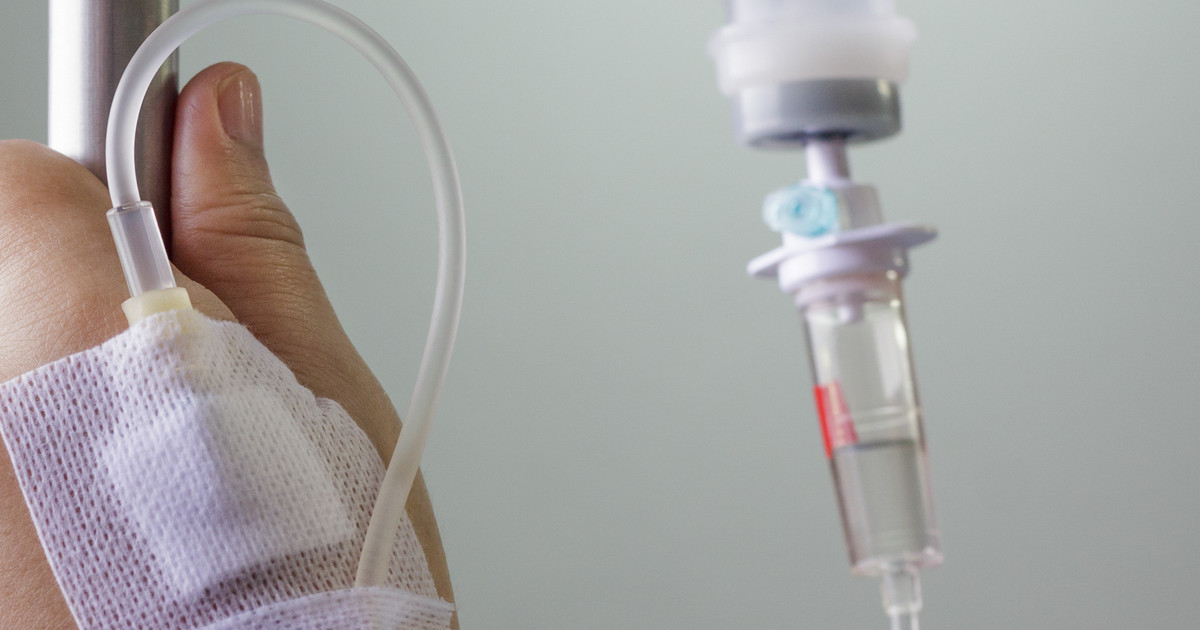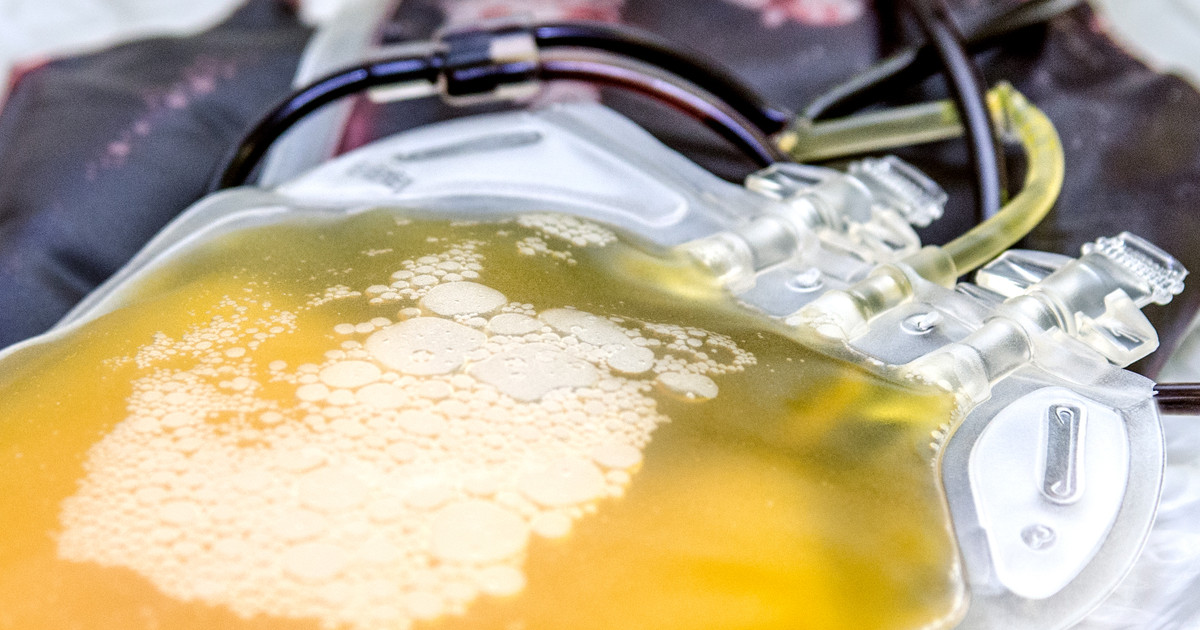How To Diagnose And Treat Guillain-Barre Syndrome
Plasmapheresis
Plasmapheresis may also be called plasma exchange. This treatment should separate plasma from blood cells. Plasma is the liquid portion of blood, and the cells are the solid portion. When the two have been separated, doctors should add saline or albumin to the blood cells. This should help the blood mix back into the patient's body.
When the blood is delivered back to the patient, their body should create more plasma. The plasma that it creates should be free of harmful antibodies. Thus, it should reduce symptom severity. This treatment may work on patients with Guillain-Barre syndrome because the harmful antibodies are often in their plasma. Thus, taking their compromised plasma away should stop the attack on their nerves. Although it may not cure this condition, it can help slow its progression.
Reveal more potential ways to treat this condition now.
Immunoglobulin Therapy
Immunoglobulin therapy seems to help Guillain-Barre syndrome patients manage some of their symptoms. It should include patients receiving donated blood through an intravenous line. Patients should receive healthy antibodies from the donated blood. These healthy antibodies may be able to block the damaging ones from attacking the patient's nerves. This seems to reduce the severity of a patient's symptoms. Doctors, though, do not appear to call this treatment a cure.
Although this treatment is offered subcutaneously, this is not common for Guillain-Barre syndrome patients. They seem to require faster delivery in a hospital. Thus, it can mean that immunoglobulin therapy needs to be delivered intravenously. The other delivery method can be done at home. However, it seems to take longer to enter the blood and circulate throughout the body.
Get more information on possible treatments for this condition now.

